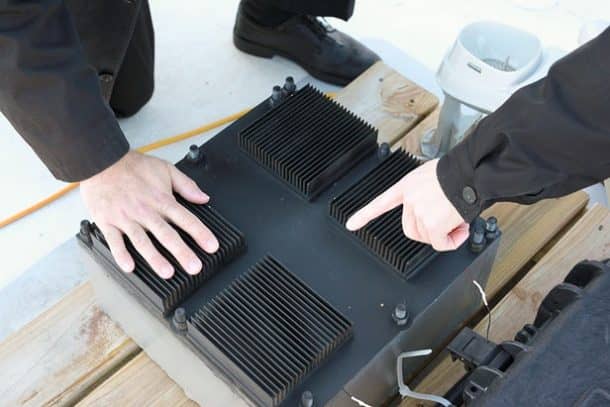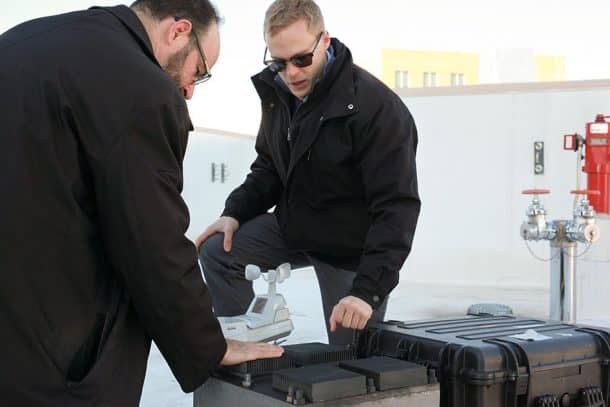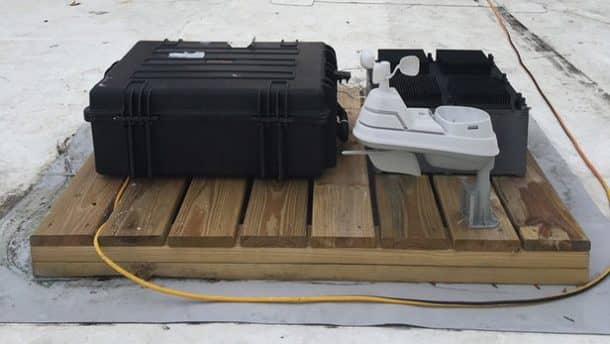Energy can neither be created nor destroyed and can only be converted from one form to another. We have been studying that ever since a very young age. A team from MIT has developed a device called a thermal resonator to use the energy in the air and convert it into electricity. This is done by taking advantage of the gradual ambient temperature changes throughout the day.
Scientists have been trying to use these temperature changes as a source of energy for a long time now. The devices used for this purpose use the thermoelectric principle, which means that they generate electricity as a result of different temperatures on two sides of a material. Heat travels from the hotter side to the colder side and takes charge carriers with it, resulting in a voltage difference and generating electricity.

All the previous technologies that employed this principle to generate electricity required a significant temperature difference. The new thermal resonator can use the more gradual fluctuations over longer periods of time. This way it can use natural changes in temperature during the day to generate electricity. This is known as the pyroelectric effect.
“We basically invented this concept out of whole cloth,” says Michael Strano, co-author of the study. “We’ve built the first thermal resonator. It’s something that can sit on a desk and generate energy out of what seems like nothing. We are surrounded by temperature fluctuations of all different frequencies all of the time. These are an untapped source of energy.”

The thermal resonator has an active component made up of copper or nickel that is infused with a phase-changing wax known as octadecane, which liquefies and solidifies at certain temperatures. This mix is then coated with a layer of graphene which is an excellent conductor. This gives the device a very high thermal effusivity and allows it to take heat from and release heat into the surroundings.
The heat is captured on one side of the device and travels through the material to the other side. It is stored in the phase-changing material in the middle. This keeps one side of the material colder than the other and the heat constantly moves back and forth, which can be harvested using thermoelectric systems.

The researchers tested a sample of the material over 16 days. During that time, temperature swings were up to 10° C each day, and the system was able to tap into that to generate 350 millivolts of potential and 1.3 milliwatts of power. It managed to outperform a regular pyroelectric material of the same size.
Even though this is not a huge output and won’t be solving electricity problems around the world, it is enough to run low-power sensors and equipment without having to worry about batteries. It uses the temperature difference in the air so it is not dependant on sunlight or wind like other renewable energy resources. The thermal resonator is a good step in the direction and maybe further research will allow us to harvest larger amounts of energy from the air.


